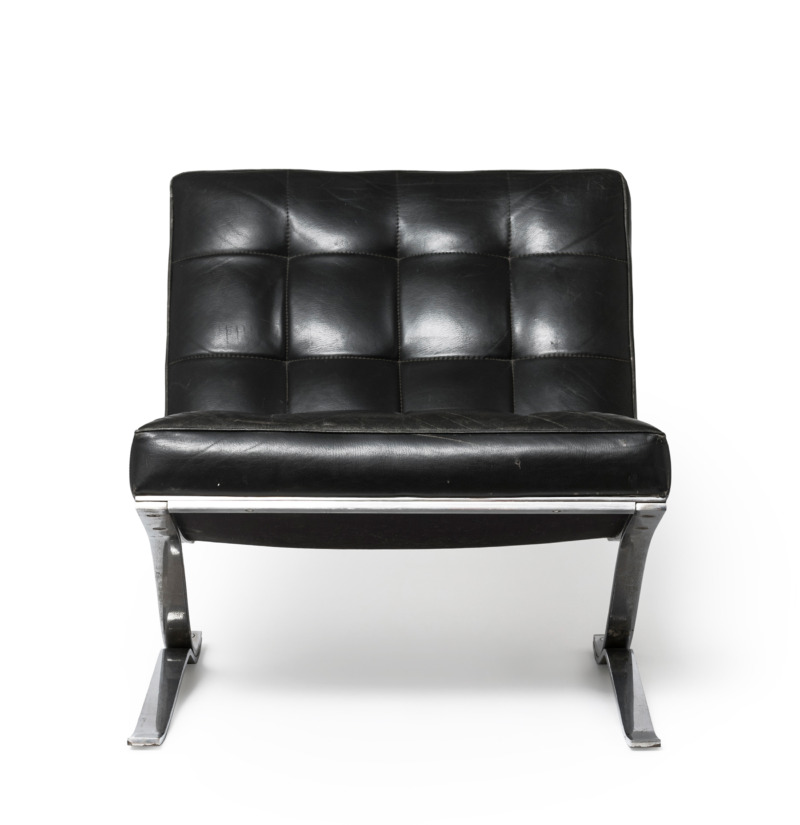The Rubik’s Cube was invented by Ernö Rubik in 1974.
Rubik was a professor for interior architecture and design in Budapest. Originally, he wanted to help his students train their spatial thinking skills. Shortly after, the “Rubik’s Cube” conquered the world.
The cube is made of plastic and consists of 54 colored squares. The goal is to rotate them until each side has a single color. The catch: the Rubik’s Cube can be set to 43 trillion different positions. By way of comparison, this number of cubes could cover the entire surface of the earth 200 times over.
Millions of people have been trying to arrange the cube for over 40 years. The moment shortly before the end is magical for many puzzlers: the confusion that still pervades the cube a few moves before the end suddenly becomes a flawless order.
We chose the cube in preparation for our next special exhibition, “Ordering Things – The Things of Order”, which will explore the theme of order inside and outside the museum and will be on display from May until October.

